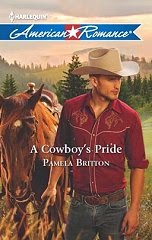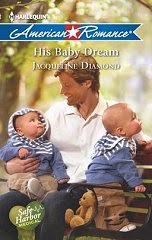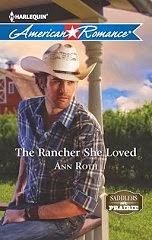I like to use where the characters encounter one another as a way of showing who they are—and who they could become. In Man of the Year, Samantha is thrown into a whole new ballgame when she first encounters Jarrett in a steamy locker-room. He is immediately taken by how poised she is as the only woman in such a blatantly masculine realm. Kate in Baby on Board is horrified to find herself on a boat leaving the dock. Never mind that Patrick, a professional skipper, is at the helm. Patrick is equally horrified to learn she can’t swim and is terrified of the water. The conflict between them is heightened by this setting and the way they both act and react. Hopefully, their reality—being alive in the place—makes the setting more real.
What my characters do for a living is also part of the setting. Kate in Baby on Board is a glass-blower. The fire she works with clashes directly with the water that floats Patrick’s world of yacht-racing. A lot of steam is generated between them which often obscures the love they feel for one another. The working title of that book became Fire and Water, after the setting made itself clear. In my latest book—due out April 2010—Ian’s work as a shipwright is a perfect example of his quiet, methodical attention to detail: he makes the sawdust fly and that makes the boatyard come alive.
So, for me, characters make the setting. The more real I can make them, the more real the world they inhabit becomes. Do you want to come sailing on the Chesapeake Bay, or blow a glob of molten glass into a perfect goblet in Kate’s studio? My characters will lead the way. If I and they do their job, it’ll be just like you were there.
Cheers,
Lisa









